What is Hinamatsuri (Japanese girls festival)?
In Japan, every year on the 3rd of March we celebrate Hinamatsuri. It is a celebration of girls, and some say this Japanese traditional custom started in the Heian period which is over 1,000 years ago. Hinamatsuri is a celebration where parents wish and pray for the happiness and health of their daughters by displaying special Hina dolls on red cloth covered platforms. And to complete the celebration, a traditional Japanese feast would be served at home.
In the old days, people believed that the dolls possessed special power to keep evil spirits away. So, in addition to celebrating the happiness and health of girls, it was believed that Hina dolls would protect their daughters and keep unwanted diseases and accidents away as the dolls would take their place to absorb all the misfortune.
Parents would usually display Hina dolls around the middle of February and pack them away as soon as the 3rd of March is over. This is because according to an old Japanese superstition, if the dolls are still left out after the Hinamatsuri, it will bring the family bad luck and that the family would have trouble marrying off their daughters. The superstition comes from the thought that if you cannot be organised enough to pack things away timely, you cannot possibly become a great lady and find a good husband to marry.
The Hinamatsuri is also known as Momo no Sekku which means the peach blossom festival. Peach blossoms, which bloom around late February to early March, are regarded as a sign of spring’s arrival. When winter is finally almost over and a long-awaited spring is just around the corner, it is celebrated as Momo no Sekku.
How is Hinamatsuri celebrated?
For families with young daughters, Hinamatsuri would be a very important occasion where the family would hold a big party. Particularly while the daughters are still young, parents tend to go overboard to make this day memorable.
The first and most important part of celebrating Hinamatsuri is the display of Hina dolls. The Standard Hina dolls is a set of 15 dolls arranged together on five- or seven-tiered red cloth covered platforms. These 15 Hina dolls represent an imperial family in ancient times. There are 2 dolls at the top of the tier representing the Emperor and Empress, followed by three court ladies, five musicians, two ministers and three servants, there are also small pieces of furniture and small dishes.
When I was a child, it was common to have a five or seven tier set. The dolls are usually passed down from older generations or gifted from grandparents. These days, it is more common to have a simpler version of Hina dolls where the set would only have two dolls (Emperor and Empress) or a very compact dolls set. I guess it is because that a five or seven tier set would cost from approximately AUD 3,000 to AUD 15,000 depending on the quality. In addition, with the current living arrangement, where most people in Japan live in a more compact space, it would be highly inconvenient to display a 15-doll set. Hence, the custom is modified to fit into the current lifestyle.
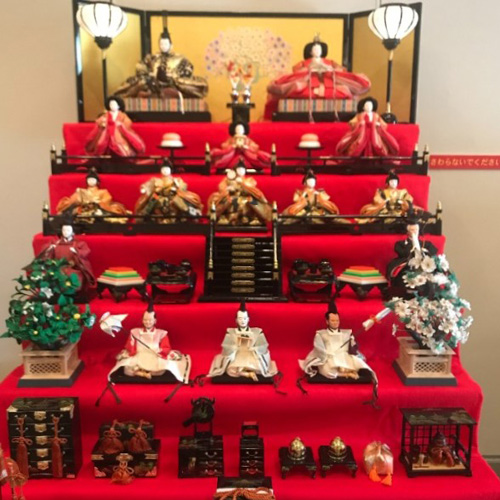
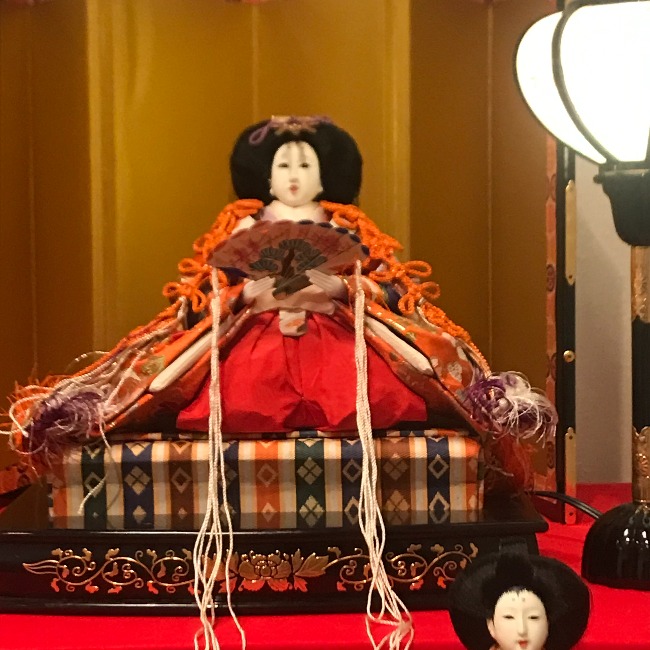
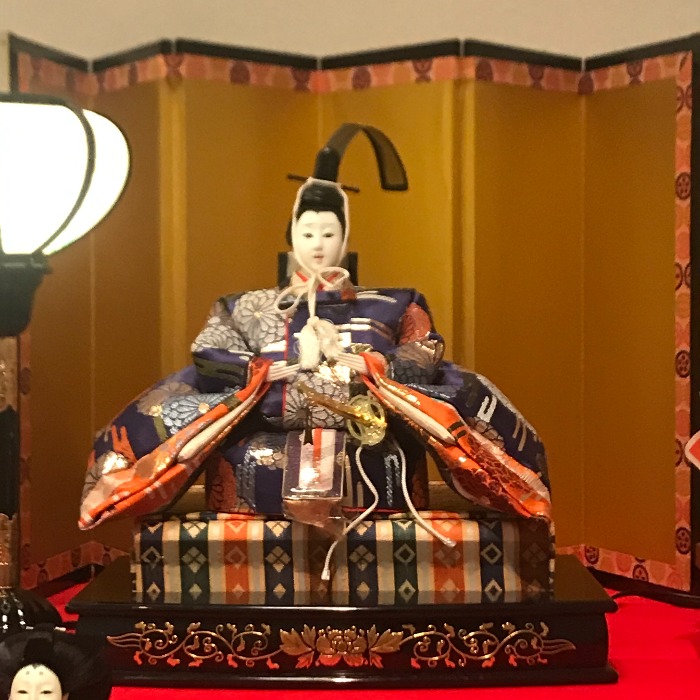
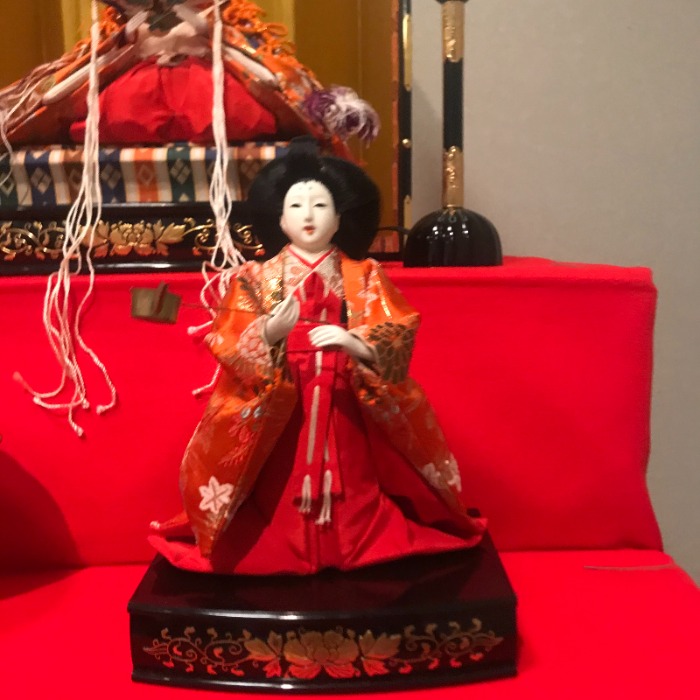
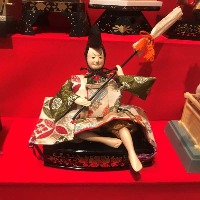
What do we eat on Hinamatsuri?
CHIRASHIZUSHI
The main dish to have on the day of Hinamatsuri is Chirashizushi also known as scattered sushi. This dish consists of sushi rice spread on a plate or bento box artfully decorated with a variety of colorful and pretty toppings. The common toppings on chirashizushi are thinly sliced egg crepes, shiitake mushrooms, snow peas, nori (seaweed), lotus root, prawn, salmon roe, crab meat and raw fish. It is such an aesthetically pleasing dish packed with umami rich ingredients.
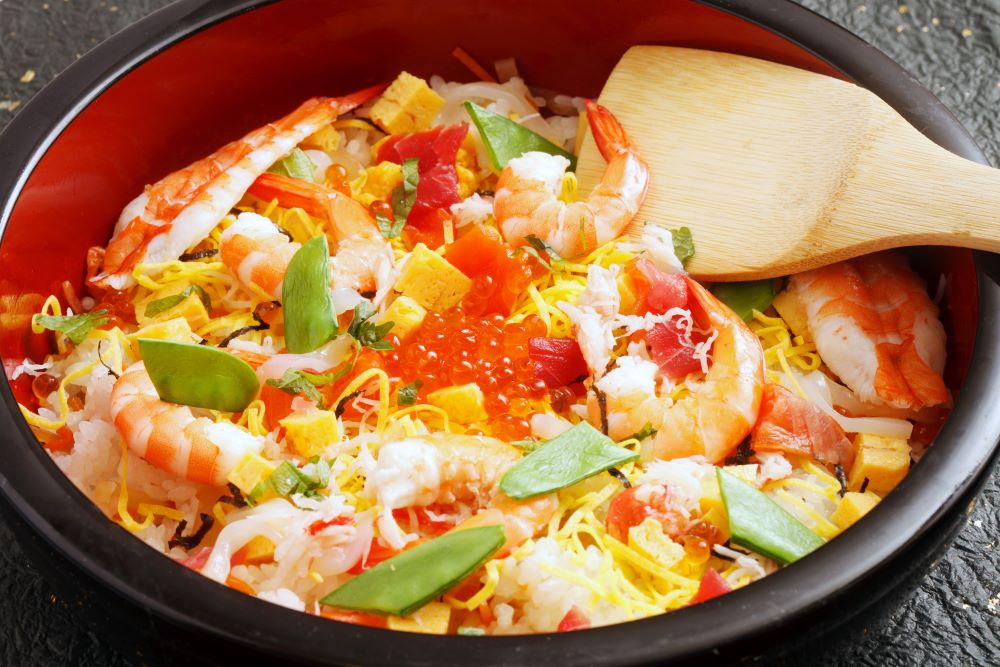
CLAM SOUP
Clam shells symbolise a harmonious couple. As such, it is an important dish to have on Hinamatsuri to wish a daughter a perfect husband and happy marriage in their future. The soup is very subtle, clean, and refreshing. Only featuring the quality of broth from clams, the soup is topped with zest of yuzu citrus and mitsuba (Japanese parsley) to add freshness.
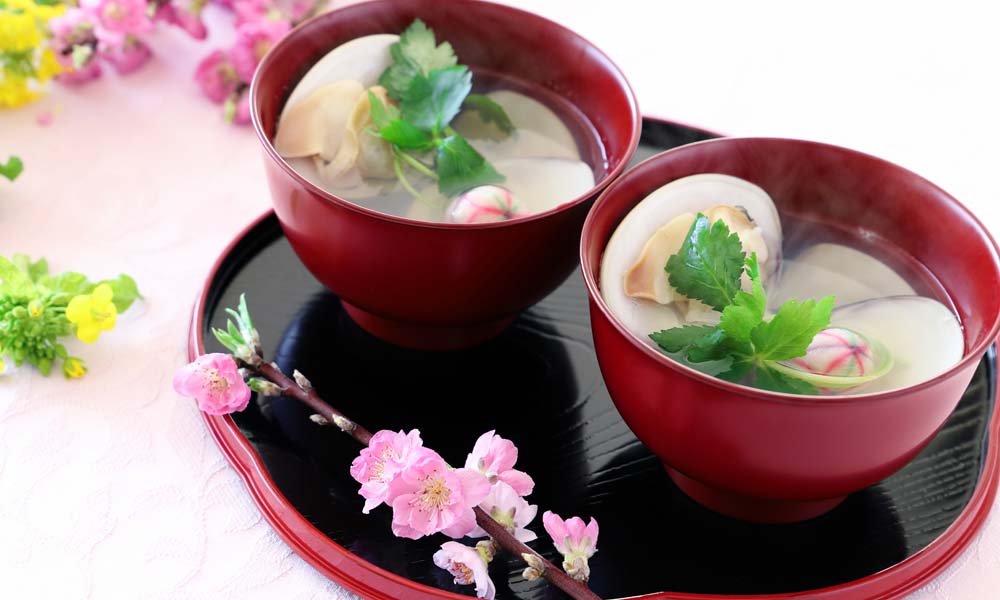
HISHI MOCHI
Hishi Mochi is a tricolor diamond shaped mochi (rice cake). The diamond shape is thought to represent fertility and the tricolour of red, white and green symbolises health.

HINA ARARE
These multi coloured rice puffs are a traditional confectionery eaten on Hinamatsuri day. Generally, they come in pink, green, yellow and white. There are two types of Hina arare, Kanto (the Greater Tokyo region) style which is the most common and is made from ordinary rice puffed and coated with sugar, and Kansai (the Greater OSAKA region) style which is made of glutinous rice and generally flavoured with soy sauce, seaweed and shrimp.
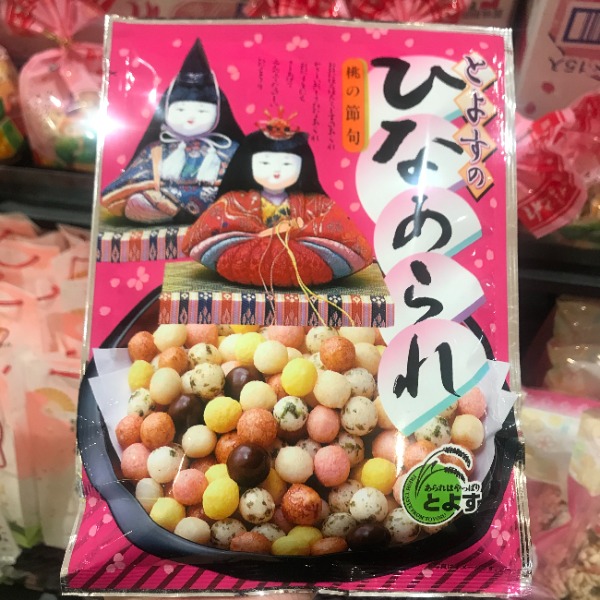
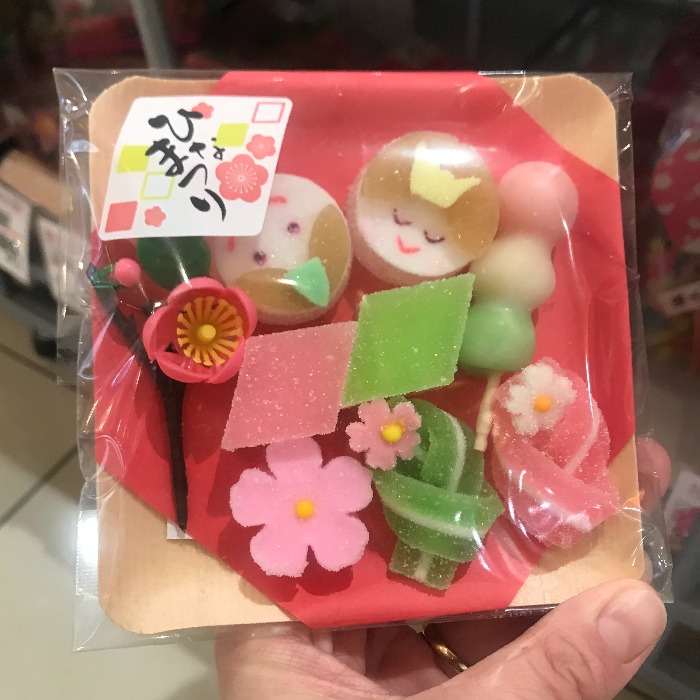
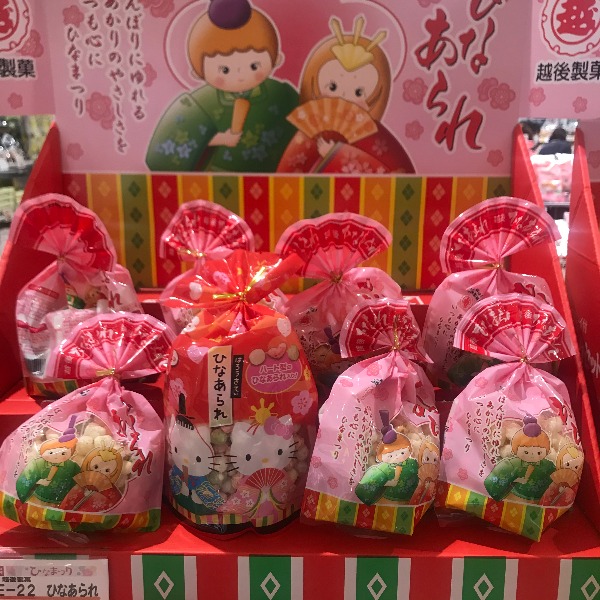
JAPANESE SWEETS
Many kinds of Japanese sweets would be available during Hinamatsuri such as tri-coloured rice balls and lollies with shapes of Hina dolls and flowers.
When the Hinamatsuri season comes, you will see a lot of Hinamatsuri sweets displayed at many supermarkets throughout Japan and Hina dolls exhibition will be available at museums around Japan. When you see these decorations, it makes you feel that spring is just around the corner, the weather is warming up and flowers such as peach and plum blossom will start to bloom throughout Japan. This is one of the most exciting and delightful times to enjoy Japan. Journey to the East offers many spring tours starting from March through May. Relax, unwind, explore and feast with one of our Japan spring tours for your next holiday. To find out more information about our tours, please visit our cherry blossom tours
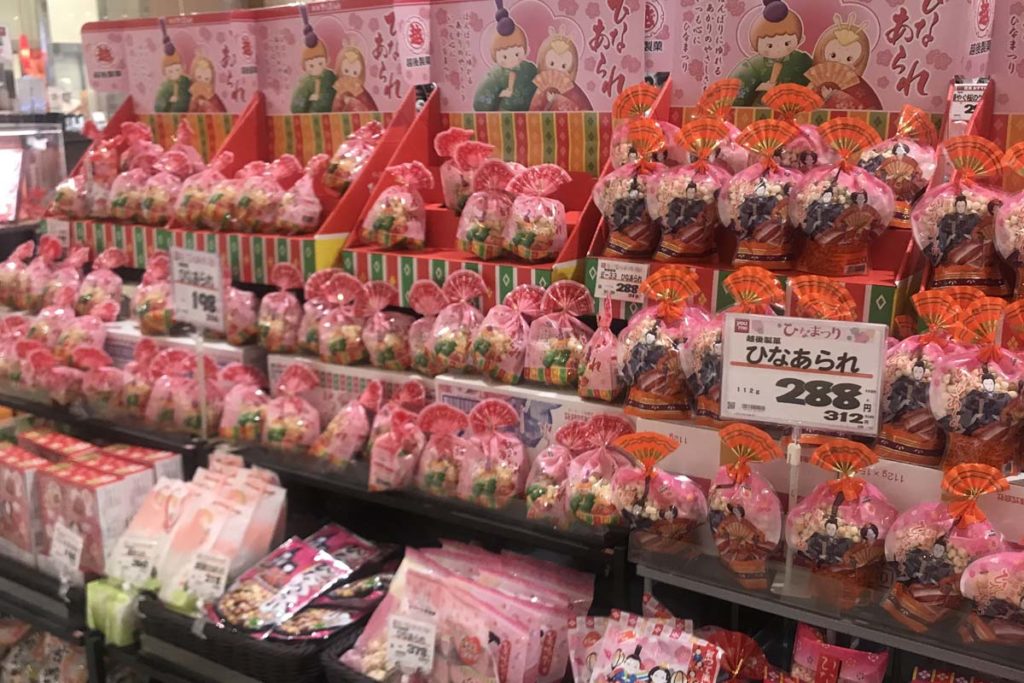
Journey to the East offers a range of most exciting Small Group Tours of Japan. Please check them out!